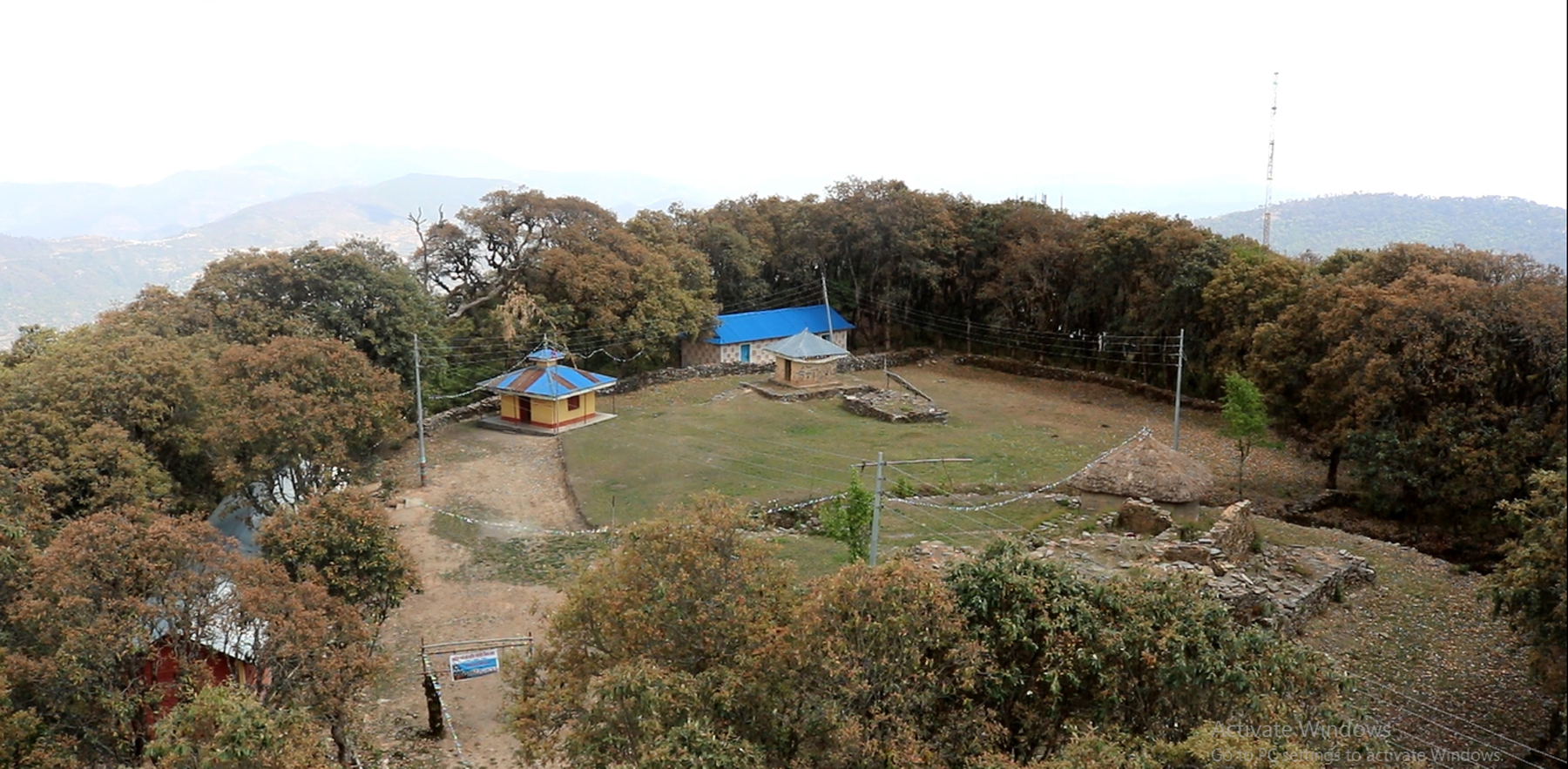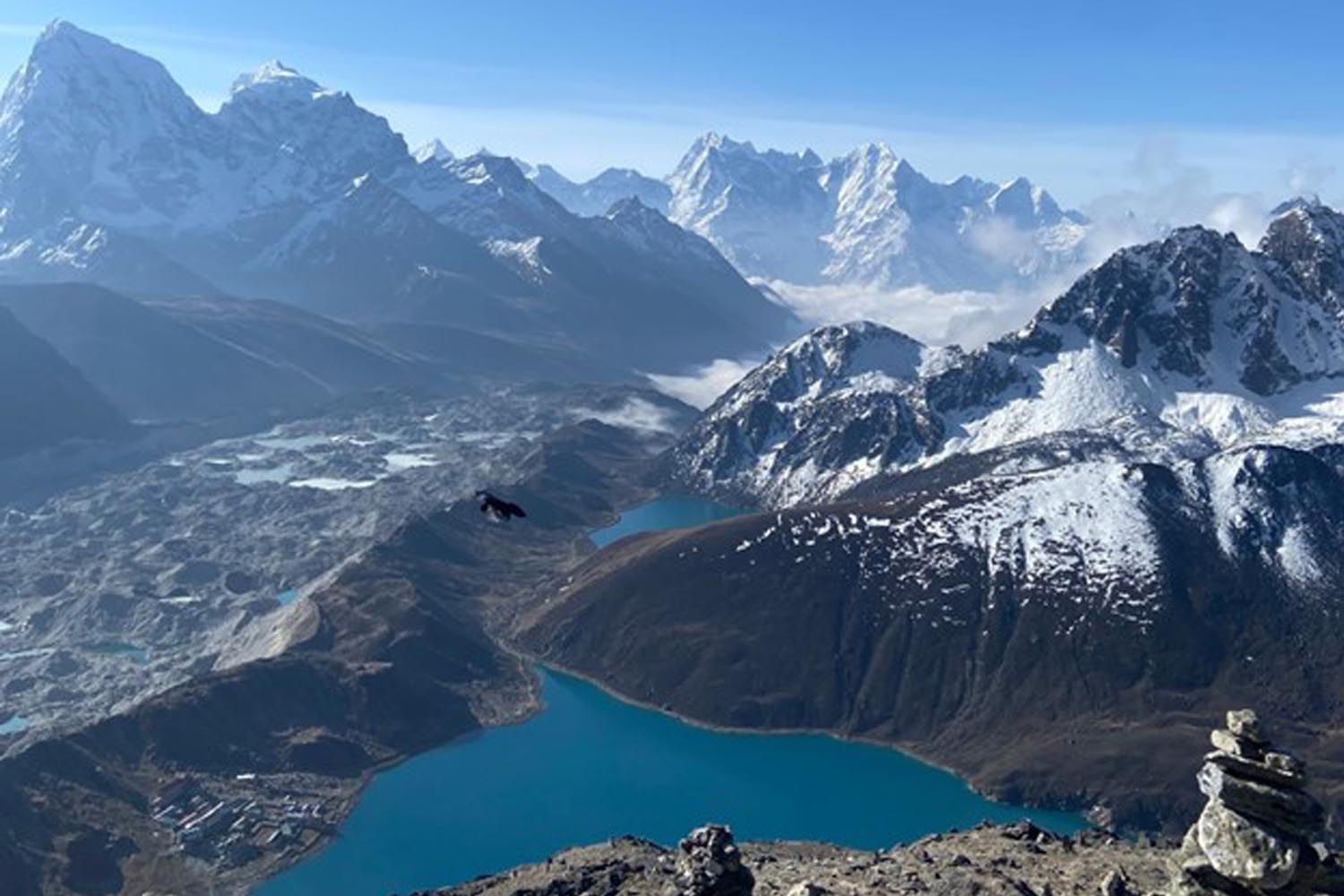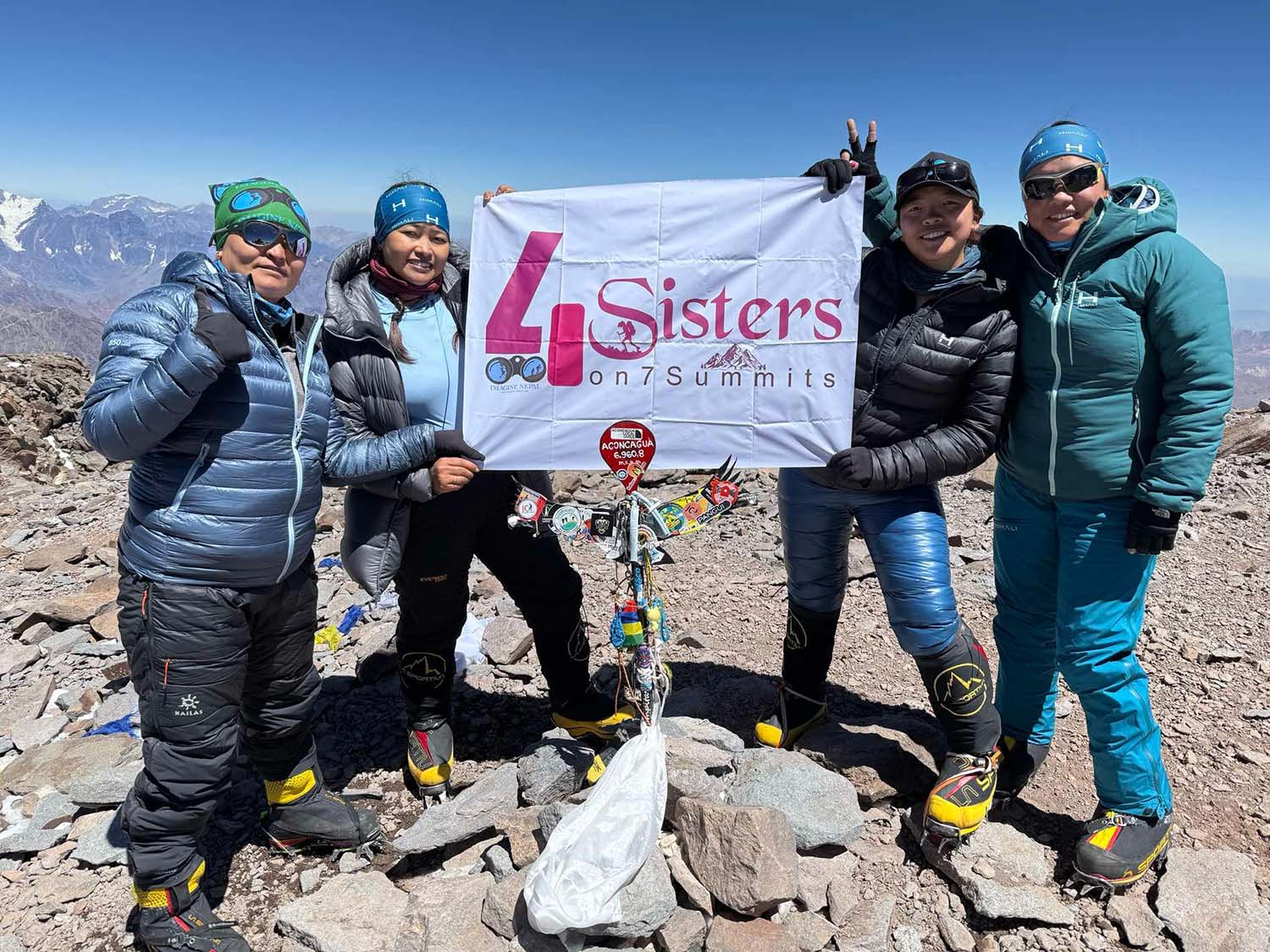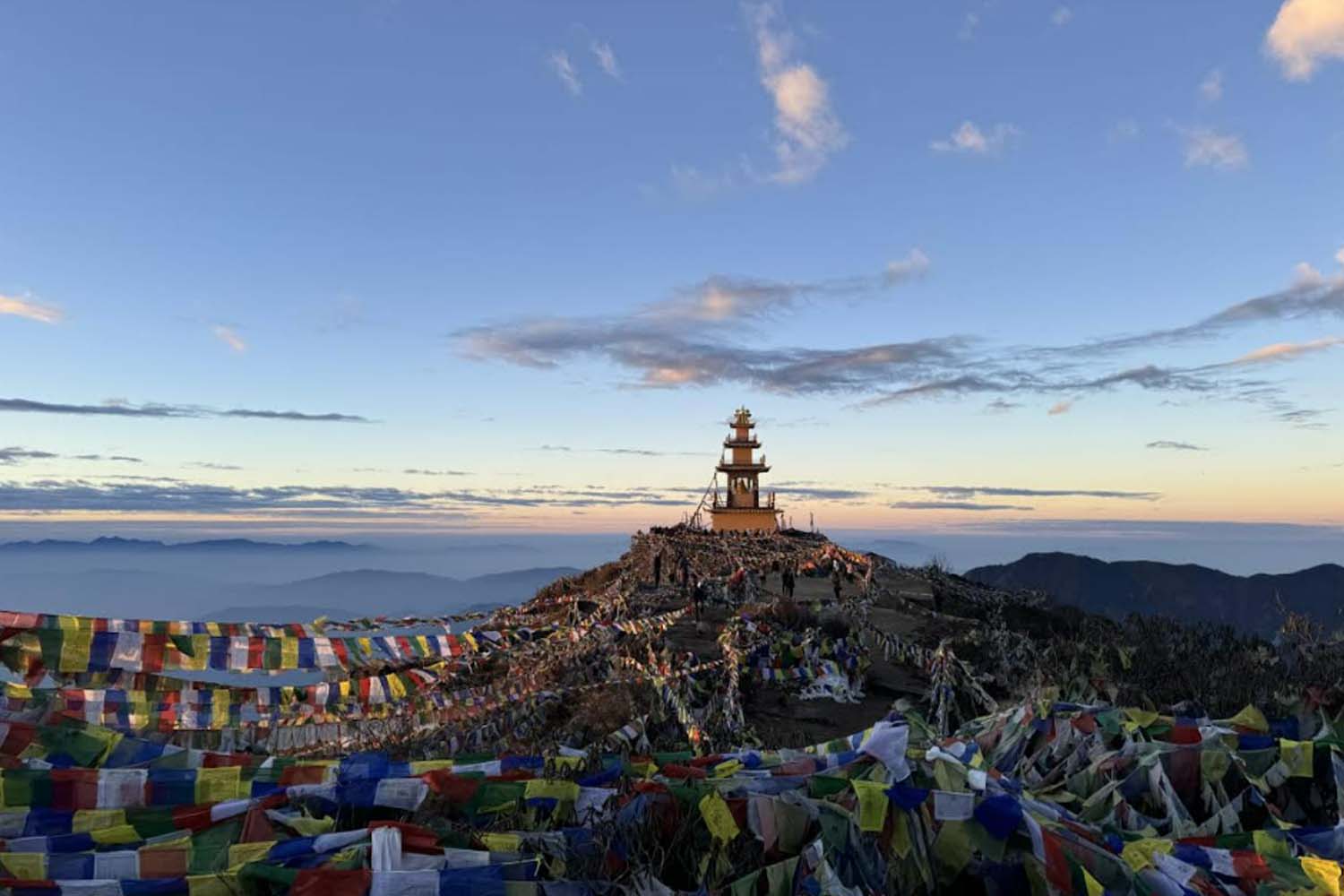Travel
Exploring the highlands of rustic Rolpa
Rolpa is a refreshing destination for travel junkies to explore, and here are five reasons why it should make it to your bucket list.
Kashiram Dangi
Rolpa is the epicentre of the decade-long Maoist insurgency. But today, it is known for much else. The hilly district makes for an ideal destination to enjoy the serenity of nature, the culture and lifestyle of indigenous Nepalis, and local delicacies.
Since the end of the Maoist’s insurgency, Rolpa has developed infrastructure, renovated its tourist hotspots, and carved out new trekking routes. Thus, the footfall of tourists today is incremental.
Rolpa is a refreshing destination for travel junkies to explore, and here are five reasons why it should make it to your bucket list.
Jaljala and the lure of Lord Baraha
Jaljala lies at an altitude of 3,100 metres above sea level and has a religious significance among Hindus. The temple of Lord Baraha is especially popular. Three times a year—on a full moon day in the Nepali months of Baisakh, Jestha and Shrawan--the temple sees thousands of devotees from around Rolpa, and outlying districts such as Dang, Salyan, Pyuthan, Banke, Kapilvastu, Rukum, and Arghakhanchi.
Like many temples around the country, the main draw of the Baraha temple rests on the belief that offering prayers to Lord Baraha fulfills one’s wishes. Jaljala is generally agreed as the second most important religious place in Rapti after Swargadwari.
Jaljala is a day’s walk from Liwang, the district headquarters of Rolpa. There are Magar settlements in the vicinity. The forests in the area are dense, feature animals such as Ghoral, deer, leopard, Himalayan black bear and jackal, and rhododendron flowers in springtime.
-(2).jpg)
Guerilla Trek Route
This is a recently introduced trekking route with high prospects. It is a remote but easy trekking route, starting from Beni in Myagdi to Sulichaur in Rolpa. The route passes through the country’s only hunting reserve in Dhorpatan to Nisibhuji of Baglung, Taksera, Hukam and Maikot in Rukum (East) and Thawang, Jelbang in Rolpa. On the route, one can observe the rural lifestyle of the people and hilly landscapes.
Guerilla trek route provides an opportunity to interact with the innocent rural people. This trek has only a few hotels and lodges, so one might have to accommodate for themselves.
Thawang and Jelbang
Thawang, a historic Magar village in Rolpa, is the epicentre of Maoist insurgency. The clustered settlement of around 300 houses served as the shelter for Maoist leaders and combatants. Thirty-three Thawang locals lost their lives during the insurgency, and 21 traditionally made wooden houses were burnt during the insurgency. But Thawang today is a quiet settlement with undoubtable tourism prospects.
Jelbang is another Magar settlement abutting Thawang. During the insurgency, the village saw 73 deaths, perhaps the highest number of casualty in a single village. The village features rustic antiquities: houses with the roof of wooden planks, makai ko thankro (traditional way of storing ear of corn), dhiki, janto, traditional spinning wheel and loom, among others. The older generation and mainly the female weave cloth of Allo thread that people use as kachhad, bhangra, and pagari.
Thawang and Jelbang are around 74 and 70 km from the district headquarters. There are local eateries and home-stays that accommodate visitors with indelible hospitality.

The historic site of Gadhilek
Gadhilek, standing at the hilltop in the southern part of Rolpa, was the strategic fort built by Chaubise kingdom. Runtigadhi Rural Municipality is planning to cash its historic significance by promoting tourism. “Gadhilek can be a major tourist destination if the government authorities develop infrastructure. We, local people, are ready to cooperate with the government to promote tourism here,” said Rishiram Shrestha, a local leader.
The local unit constructed a view tower a few months ago. There are the ruins of the fort, a temple and parade ground, and a Nepal Army barrack in Dahaban. Gadhilek overlooks Runti, believed to be the birthplace of Swargadwari Mahaprabhu, Swargadwari of Pyuthan, Annapurna range and Sisne Himal.
Enjoy Magar culture, tradition and lifestyle
Magar, one of 59 indigenous nationalities enlisted in the country’s constitution, makes up around 44 percent of Rolpa’s population. The community is rich in its rituals, culture and lifestyle. Various places, including Liwang, the district headquarters, are named after Magar language. ‘Li’ in Magar language means bamboo while ‘wang’ means meadow.
Three different Magar languages are spoken in Rolpa. The Magar dialect spoken in Liwang, Madichaur, Reugha, Kotgaun, Jankot and Korchabang among other places is known as Sheshi. Parbate Kham language is spoken in Thawang, Uwa, Kureli, Mirul, Jelbang, Jayabang area. Likewise, the language used in Gam, Seram, Syuri, Jaima Kasala and Pobang is called Gamal.
The Magar community is quite rich in folk culture—both song and dance.
Bhume and Kauda are typical dances performed in various feasts, festivals and gatherings. Bhume is the main festival of Magar community of the Kham speaking sect. It is the weeklong festival celebrated in the first week of Nepali month of Ashadh.
One can visit several other significant and beautiful places during their visit to Rolpa. Holeri, a southern gateway to Rolpa where the Maoist had attacked a police post in 1996 and heralded the ‘people’s war’, is a popular destination. Situated at around 2,000 metres above the sea level, Holeri is rich in geographical beauty. Climate of this hilly bazaar is always cool, which is why it attracts tourists from Tarai especially during the summer. Caves in Jugar, Jinabang, Holeri, Hanning Gaun and Sunchhahari waterfall in Siuri are also worth a visit.
.jpg)
TOP TIPS:
How to get there: One can reach Rolpa from various parts of the country on vehicles. One can also fly to Nepalgunj or Bhairahawa from Kathmandu and travel to Rolpa on vehicles.
Where to stay: There are plenty of hotels in Liwang, Sulichaur, Holeri and Ghartigaun. Visitors can stay in homestays in Thawang and Jelbang.
What to eat: Hotels and homestays serve Nepali food—dal, bhat and tarkari sets with local chicken. One can enjoy organic green leafy vegetables, milk, and yoghurt and other milk products during their stay in rural areas.
Detours: Visit Swargadwari of Pyuthan; Sisne Himal of Rukum (East); Khungri, Tribeni, Ghartigaun among other villages in Rolpa.
Budget: Around Rs 1,000-2,000 per day per person.




 14.12°C Kathmandu
14.12°C Kathmandu





